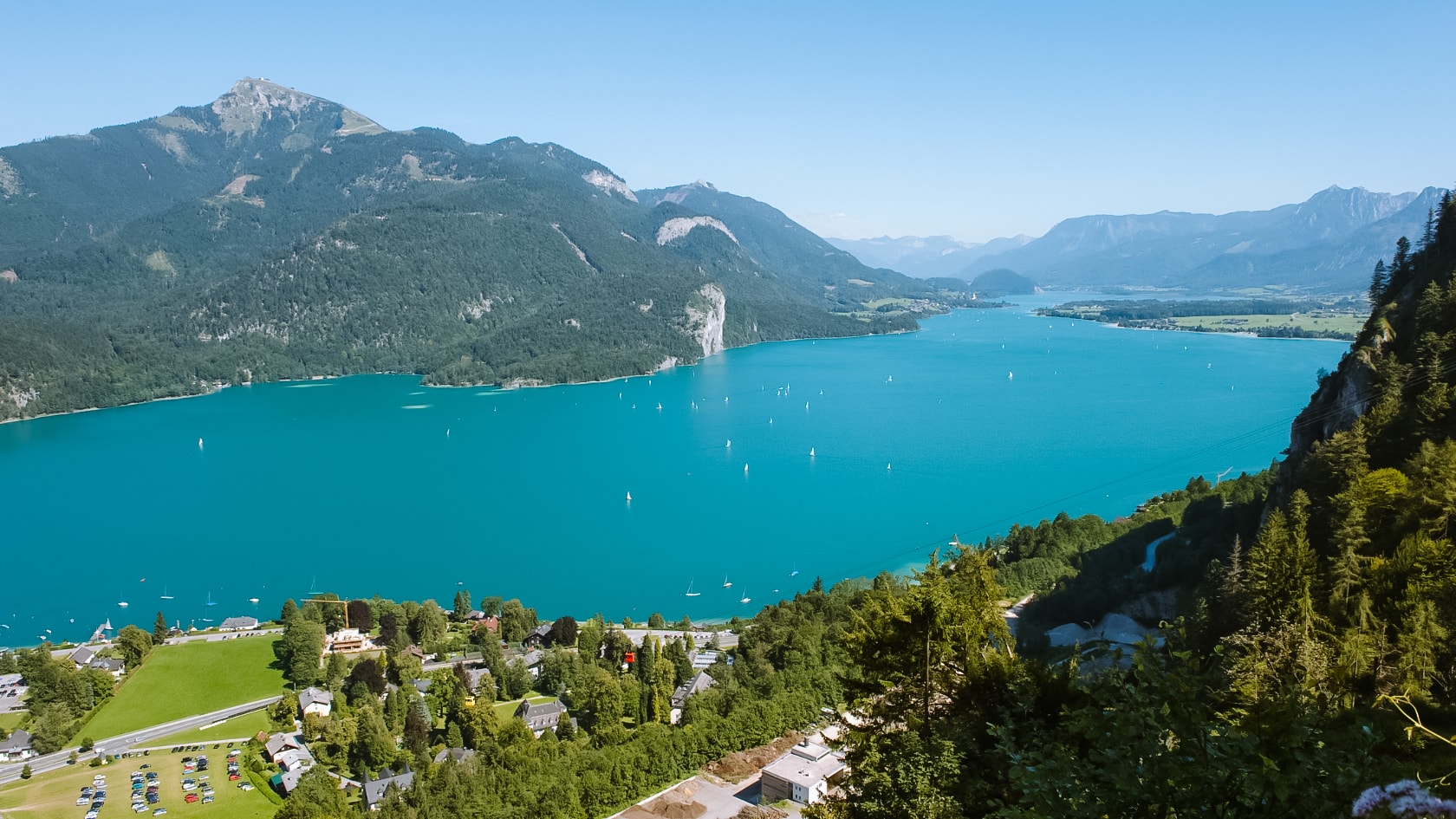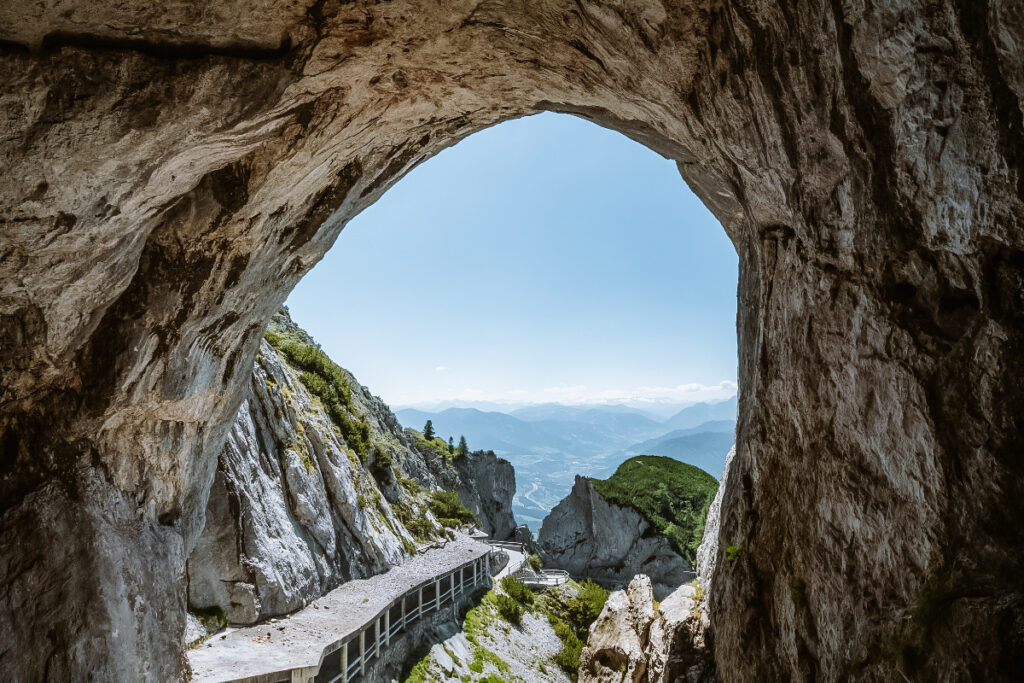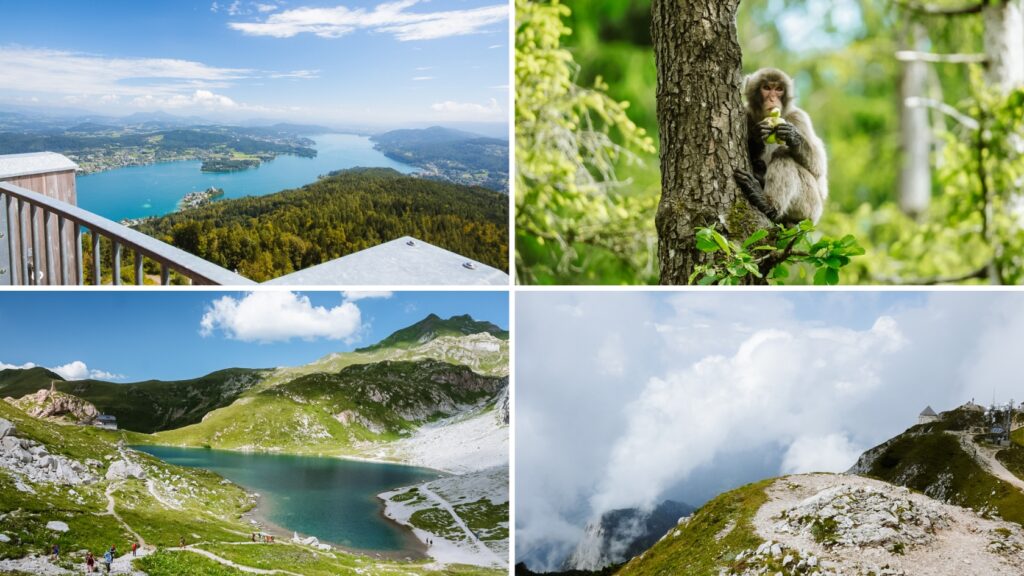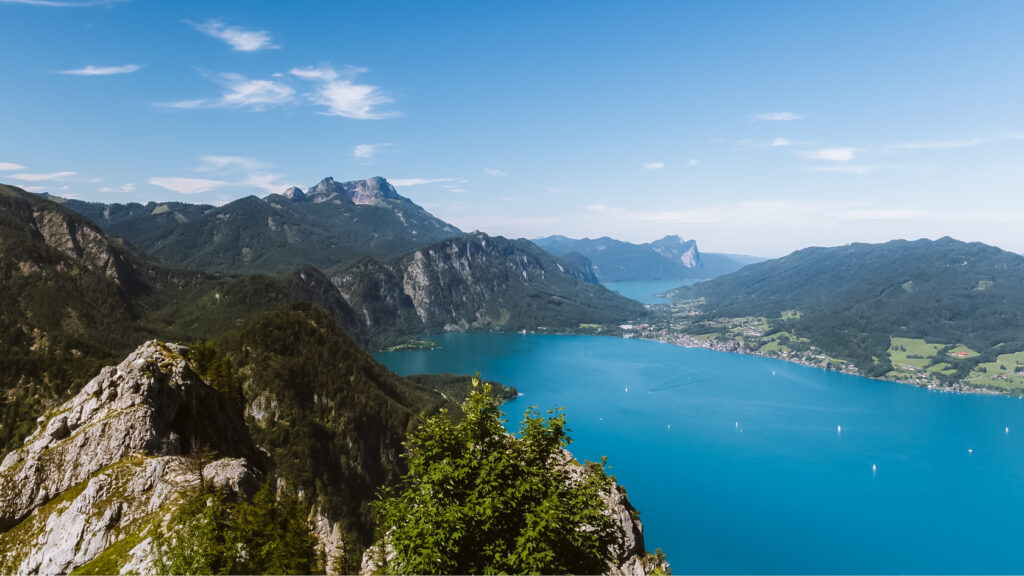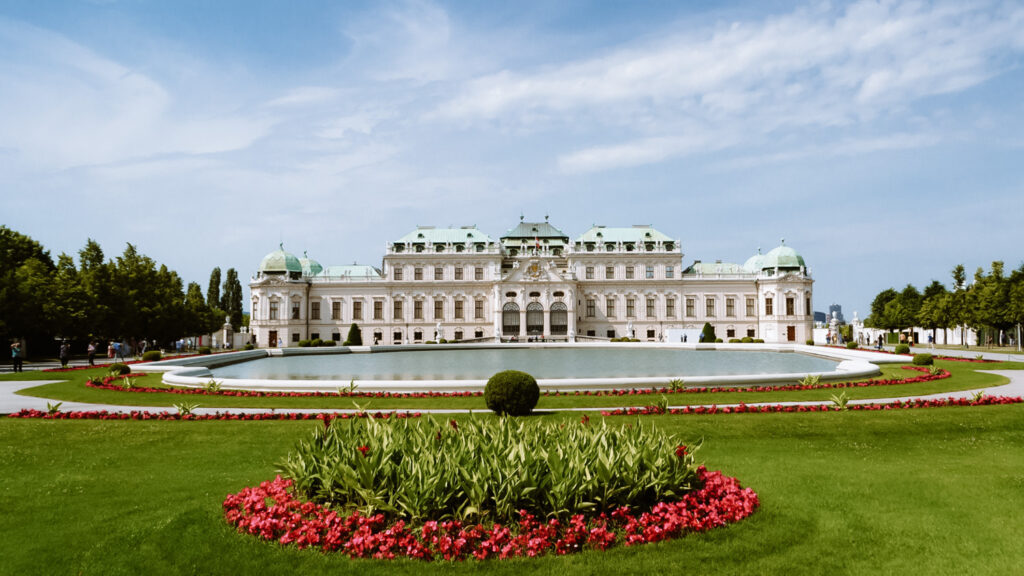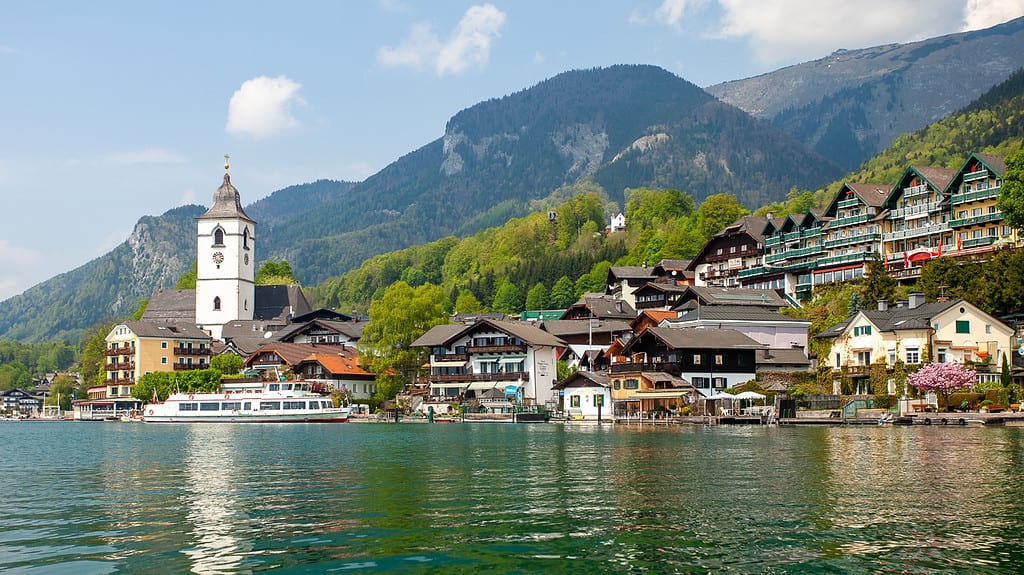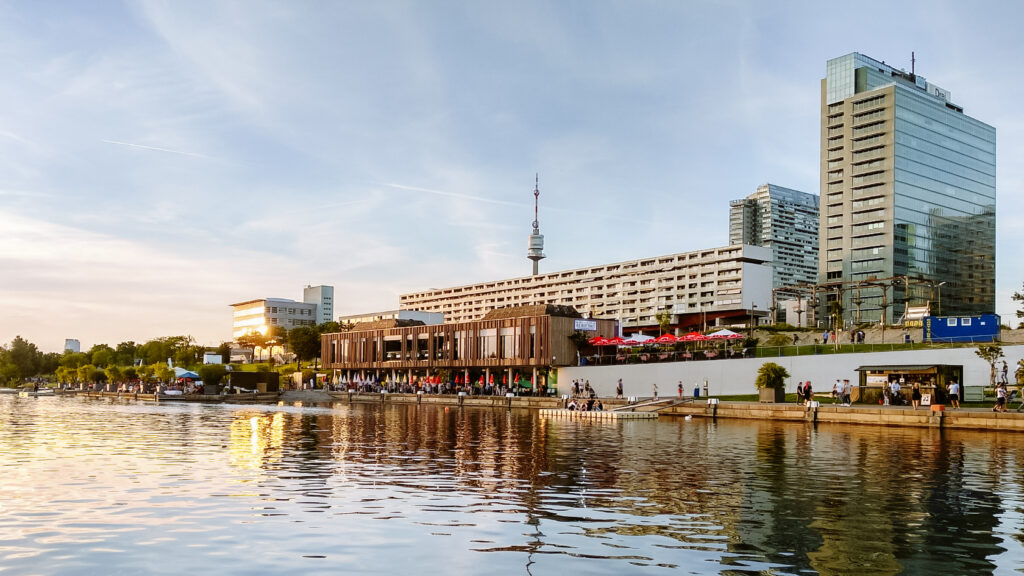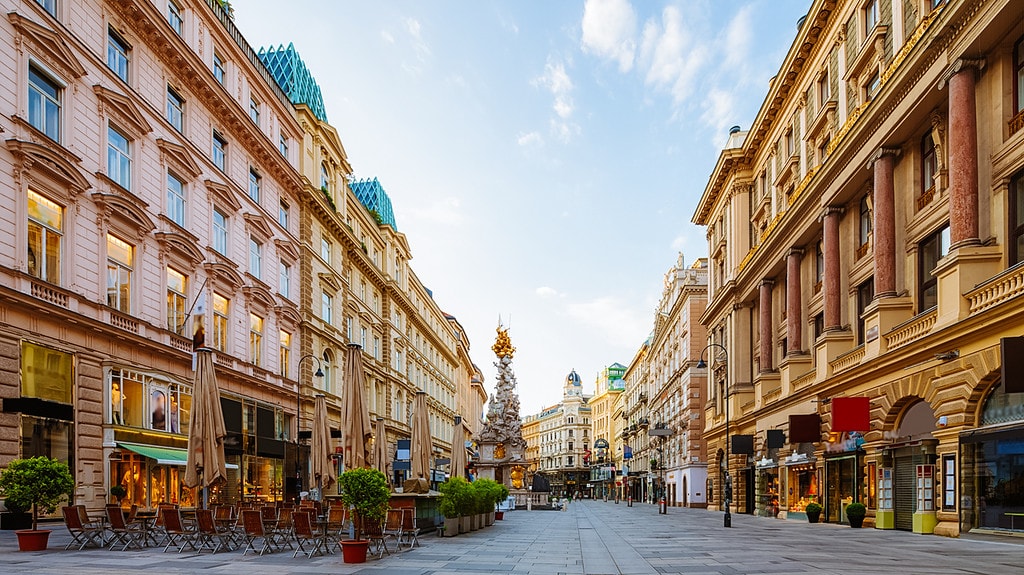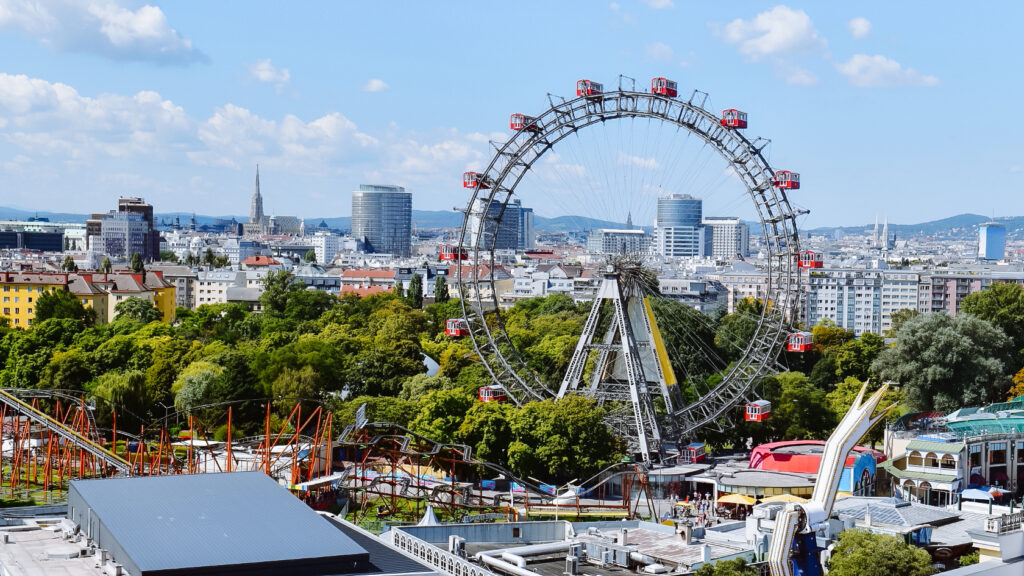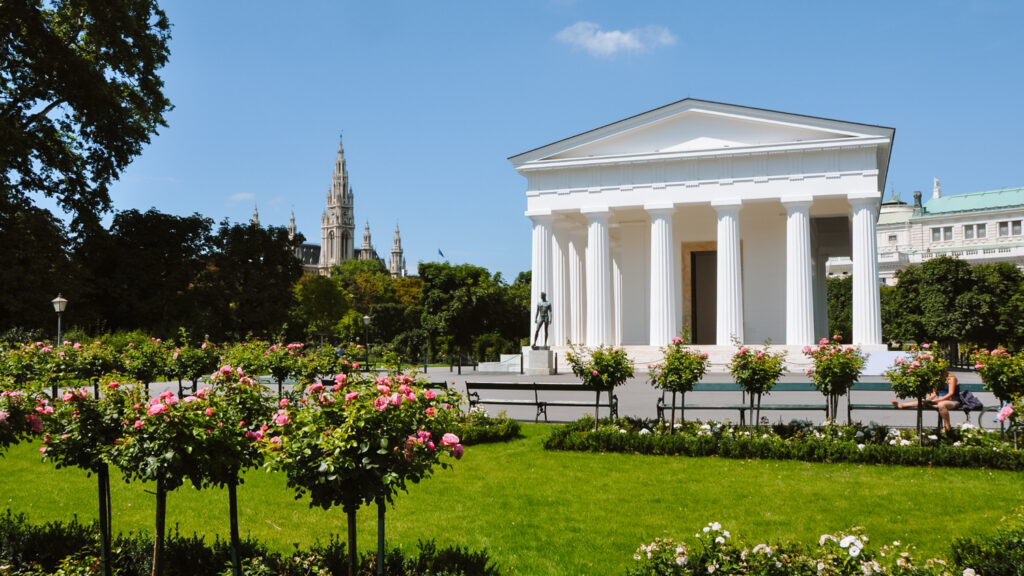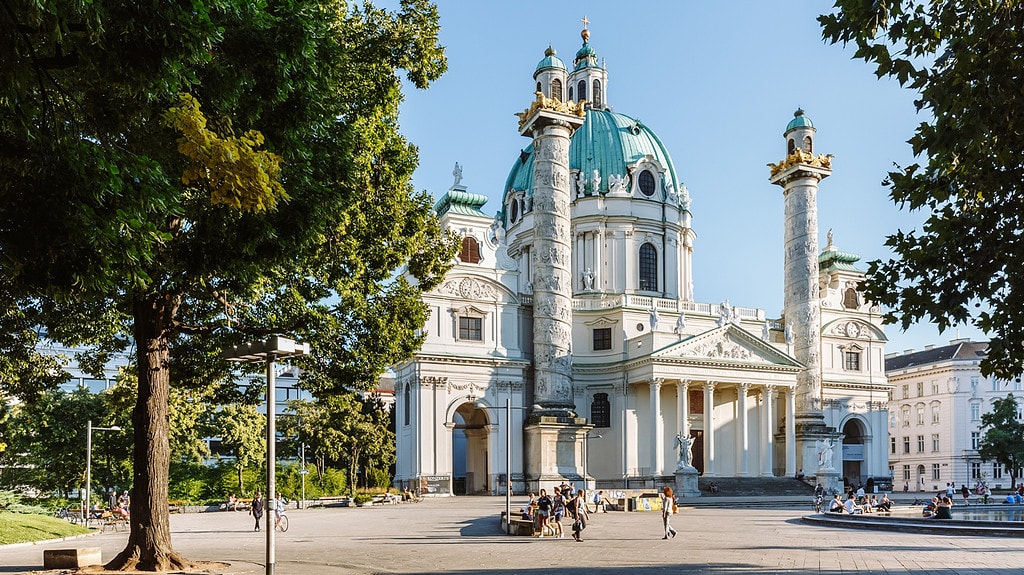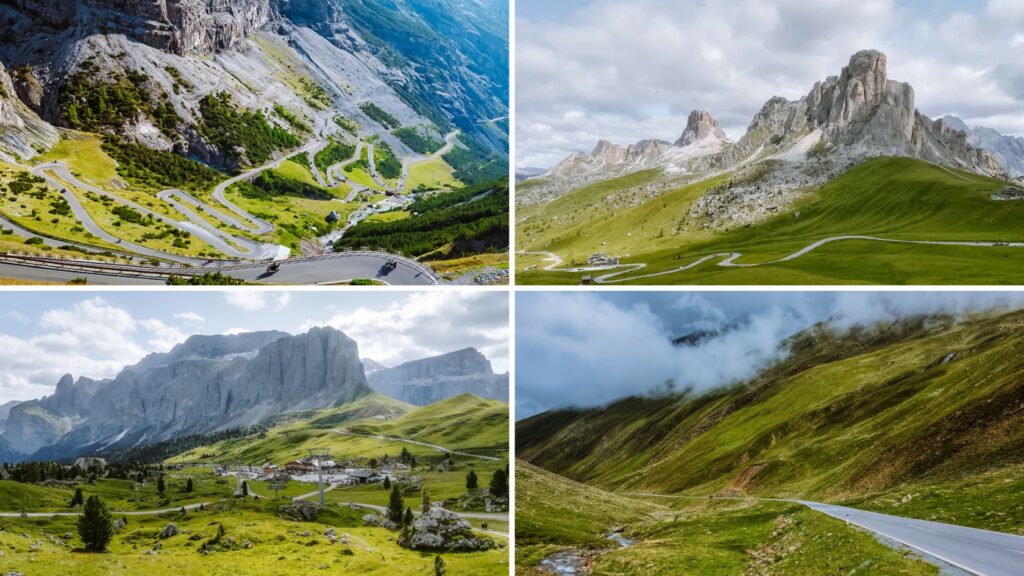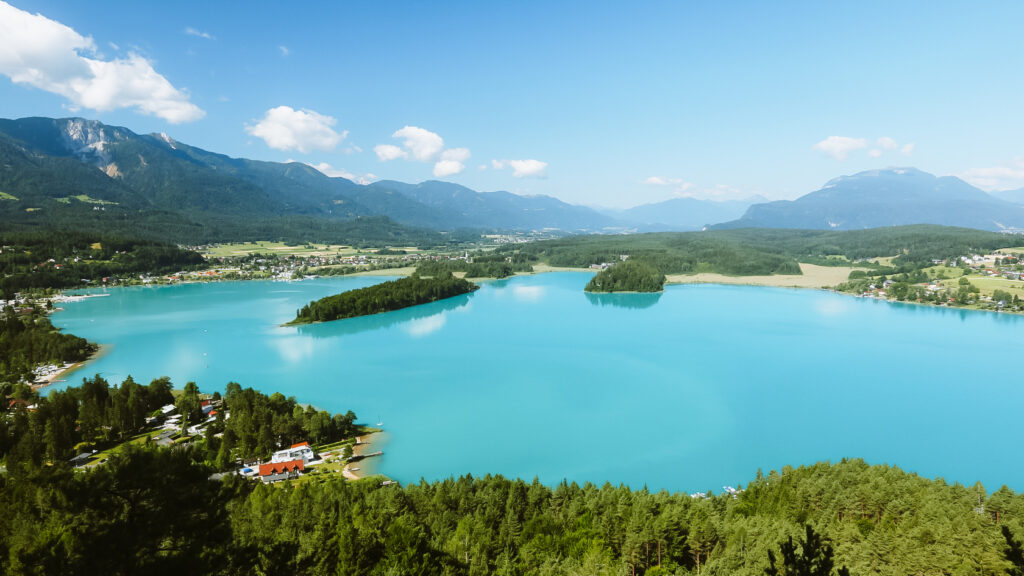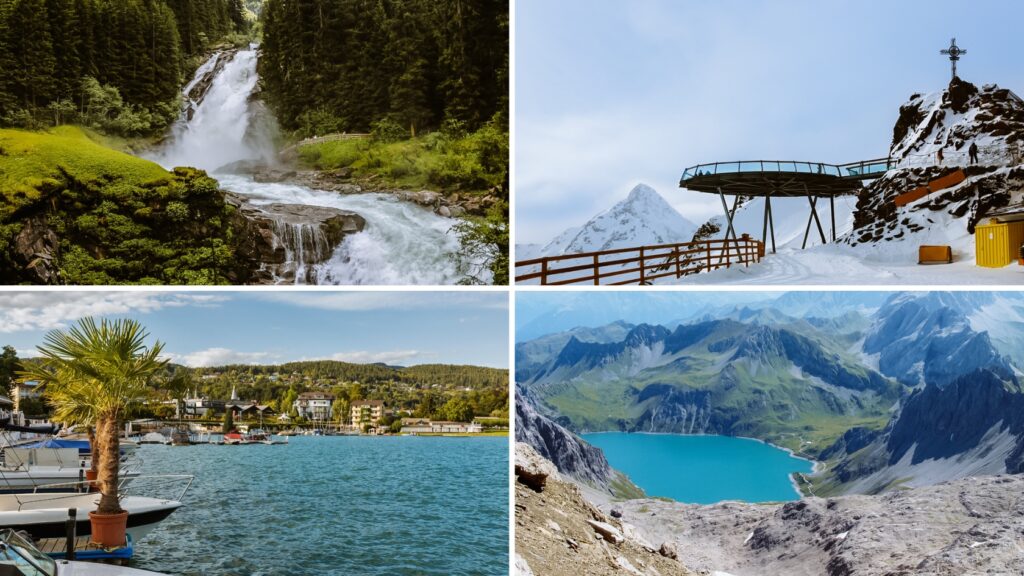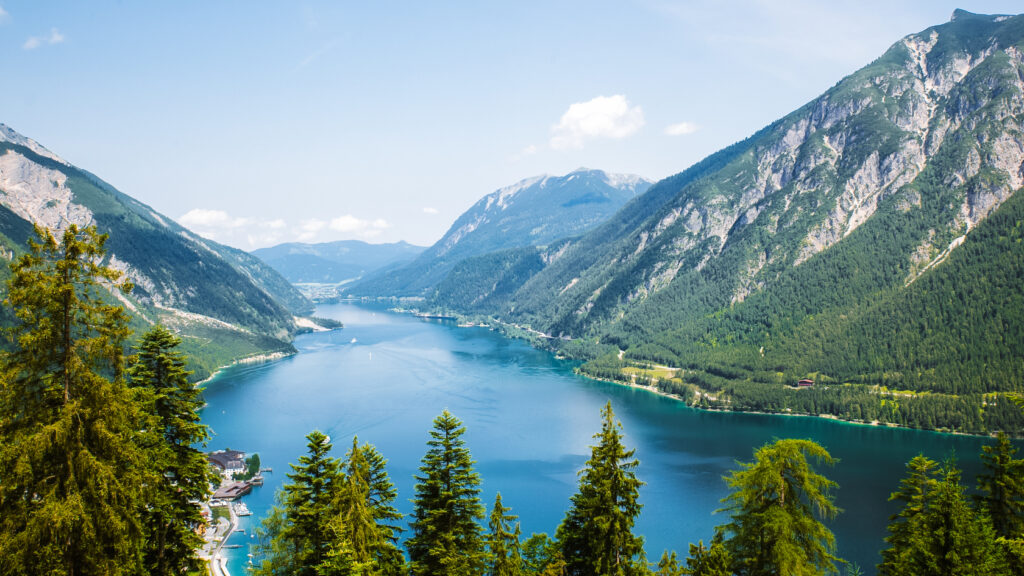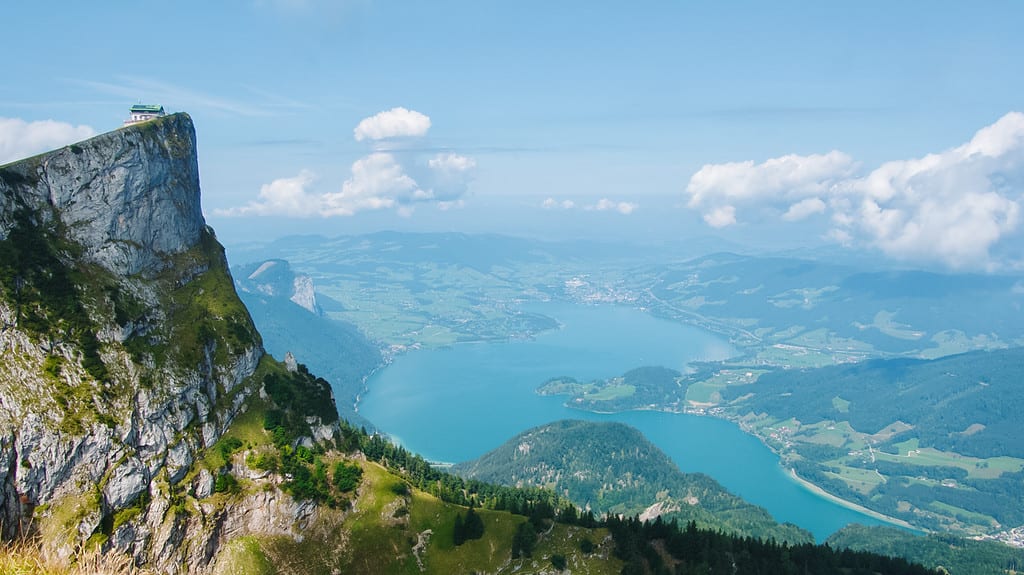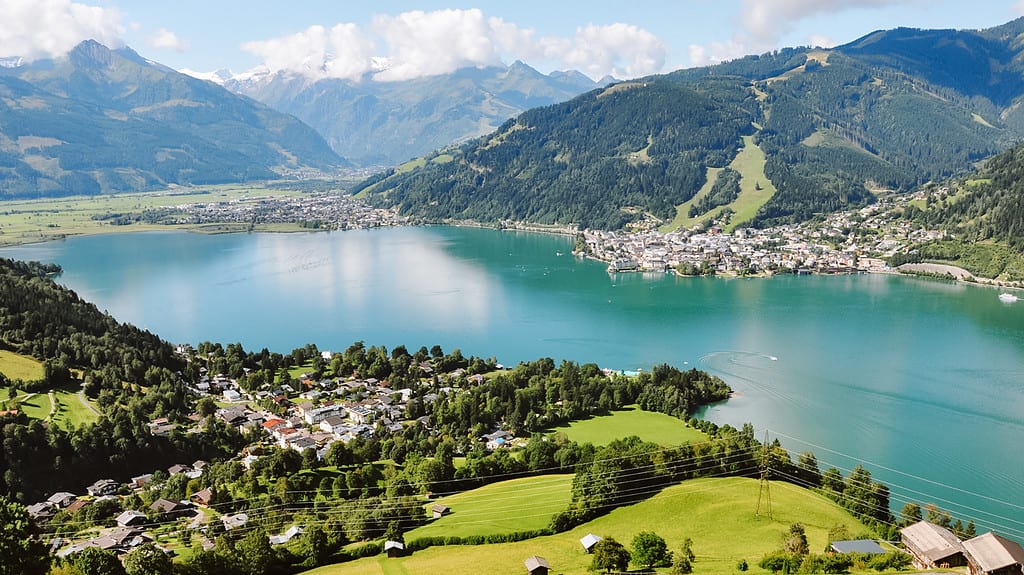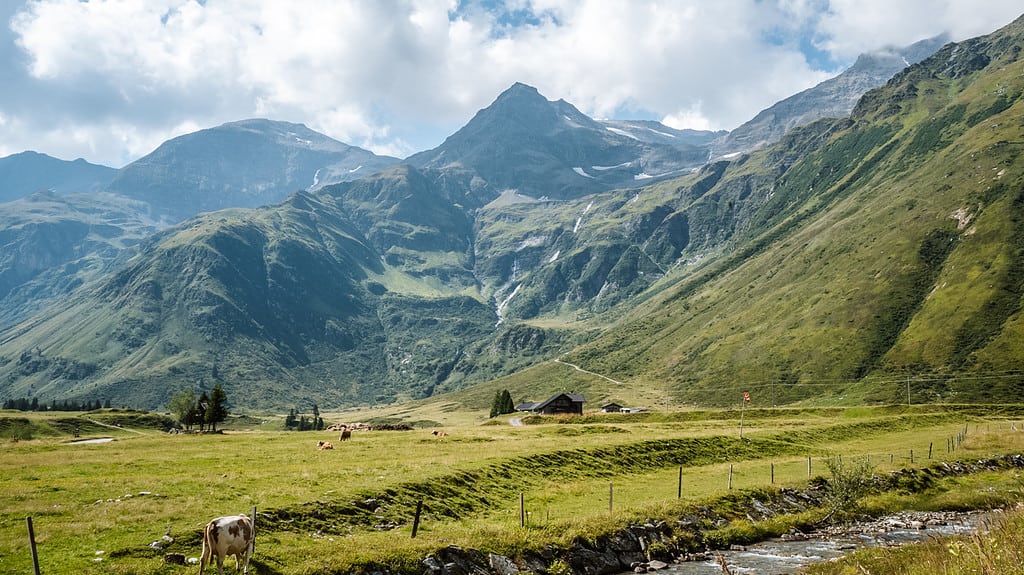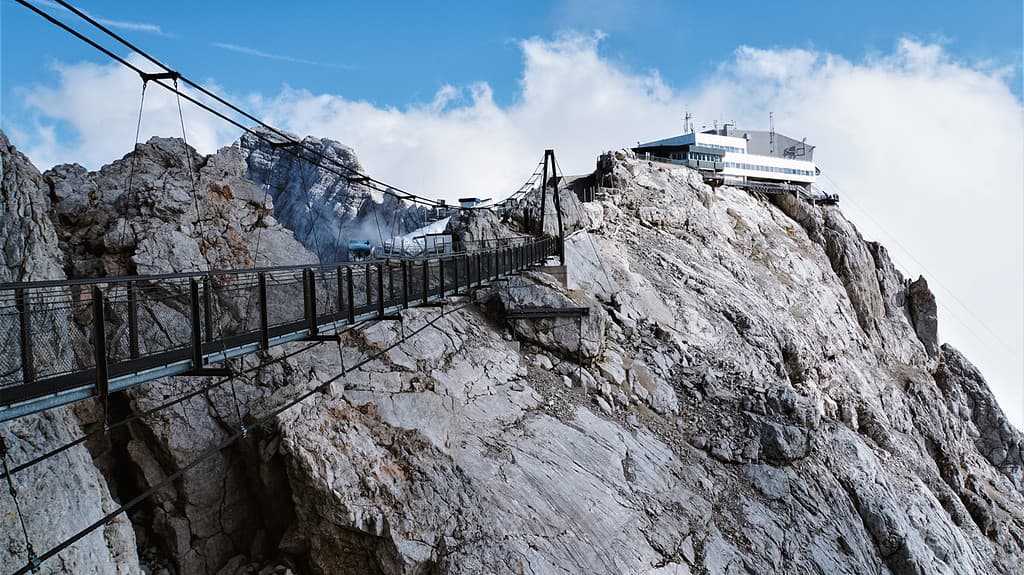TRAVEL GUIDE FOR AUSTRIA
Discover Austria, a country where picturesque Alpine landscapes, rich culture and historical gems come together in Vienna and Salzburg. From the snow-capped peaks of the Alps to picturesque vineyards and crystal clear lakes.
THE BEST PLACES IN AUSTRIA
25 Things to do in Carinthia, Austria: Best places to visit (+ map)
Planning a holiday and looking for tips on best things to do in…
11 The most beautiful lakes in Austria (+ map, swimming and useful information)
Are you planning a holiday and swimming at an Austrian lake? Here are…
36 Things to do in Vienna (+ map) – Best places to visit
Looking for best places to visit in Vienna? See a list of the…
55 Things to do in the Austrian Alps (2024): Best places to visit
Austrian Alps – welcome to a postcard-perfect destination that beckons with its majestic…
VIENNA
36 Things to do in Vienna (+ map) – Best places to visit
Looking for best places to visit in Vienna? See a list of the…
3 Days in Vienna: Perfect itinerary and what to see in Vienna (+ map)
Planning to visit Vienna in 3 days? Take a look at our itinerary…
Where to stay in Vienna in 2024: Best hotels and map
If you’re deciding where to stay in Vienna, you have plenty of options….
20 tips for enjoying Vienna with children (+ map)
Are you planning to visit Vienna with children? Check out our 20 tips…
Vienna Pass: How to save in Vienna (2024)
Vienna Pass and Vienna Flexi Pass include admission to dozens of Vienna’s top…
Vienna City Card – Honest review and prices (2024)
The Vienna City Card is a card that includes unlimited travel around Vienna…
AUSTRIAN ALPS
What are the most beautiful alpine roads in Austria and Italy?
Panoramic alpine roads are one of the biggest attractions in Austria and Italy….
25 Things to do in Carinthia, Austria: Best places to visit (+ map)
Planning a holiday and looking for tips on best things to do in…
Carinthian Lakes: 5 tips for the most beautiful lakes in Carinthia (+ map)
Carinthia is one of the most beautiful regions in Austria. From crystal-clear lakes…
11 The Most Beautiful Places in the Austrian Alps (+ map)
Looking for tips on the most beautiful places in the Austrian Alps? What…
11 Things to do at Achensee in Austria – Travel Guide (+ map)
Lake Achensee is one of the most beautiful lakes in Austria. It is…
14 Things to do at Wolfgangsee, Austria: Best places to visit
Wolfgangsee in Austria, a lake with turquoise water surrounded by forests and high…
17 Things to do in Zell am See, Austria: Best places to visit (+ map)
Zell am See is a lively and bustling resort situated on the shores…
19 Things to do in Hohe Tauern, Austria: Best places to visit (+ map)
Hohe Tauern, Austria – imagine imposing peaks reaching for the clouds, lakes clear…
10 Things to do in Dachstein, Austria: Best places to visit (+ map)
Dachstein is a majestic mountain massif in the northern limestone Alps in Austria….
55 Things to do in the Austrian Alps (2024): Best places to visit
Austrian Alps – welcome to a postcard-perfect destination that beckons with its majestic…
USEFUL INFORMATION
When to visit Austria
Austria is beautiful all year round, but the weather changes throughout the year, so it depends on what you plan to do in Austria. Here is an overview of what you can expect in each period:
Spring (March to May): spring is the ideal time to visit cities such as Vienna and Salzburg, when the winter gardens and parks come to life. It’s a great time for hiking and cycling at lower altitudes. Temperatures range from a slightly cooler 10-15 °C in March to a pleasant 20-25 °C in May (lower temperatures in the mountains).
Summer (June to August): summer is perfect for visiting alpine lakes such as Wolfgangsee or Wörthersee, where you can swim, do water sports or just laze on the beaches. Mountain areas are ideal for hiking, mountain biking and other outdoor activities. The weather is mostly warm, with temperatures reaching 25-30 °C (lower in the mountains). The summer months are also a time for festivals, concerts and cultural events throughout Austria.
Autumn (September to November): autumn is ideal for hiking, cycling and winery tours. Nature turns into a beautiful palette of colours, and the tourist attractions are not so crowded. Temperatures start around 20-25 °C in September and gradually drop to 15-20 °C in November (temperatures are lower in the mountains). The weather is still pleasant, but with a higher probability of precipitation in the later months.
Winter (December to February): winter in Austria is synonymous with skiing, snowboarding and other winter sports in Alpine resorts such as St. Anton, Kitzbühel and Zell am See. Christmas markets in Austrian cities such as Vienna, Salzburg and Innsbruck attract with their fairy-tale atmosphere. While the higher altitudes have ideal skiing weather with frequent snowfall, the cities tend to be colder with temperatures around 0-5 °C but with less snow.
Transport in Austria
Public transport
Public transport in Austria is efficient, comfortable and affordable.
Austria’s rail network, operated by Österreichische Bundesbahnen (ÖBB), is one of the most developed in Europe and connects all major cities and regions in the country, including Vienna, Salzburg, Innsbruck and Graz. The trains are renowned for their punctuality, speed and high levels of comfort, offering a variety of classes of travel, including Railjet and Nightjet services for long distances.
Bus transport also plays a key role in Austria’s public transport system, complementing train services and providing access to places not accessible by rail. Bus routes cover the whole of Austria, including remote Alpine areas, and are popular for their flexibility and frequency.
In addition, cable cars and roller coasters provide easy access to tourist attractions such as mountain huts, viewpoints and ski resorts.
Transport in Austria places great emphasis on ecology and sustainability. A large part of the Austrian rail network is electrified, which reduces greenhouse gas emissions compared to diesel trains. In many urban areas, including Vienna, buses and public vehicles are powered by alternative fuels such as electricity or biogas, which significantly reduces pollutant emissions.
Austrian cities and municipalities actively promote cycling and walking as sustainable modes of transport. Vienna, Graz and other cities have extensive networks of cycle lanes and low emission zones where traffic is restricted to pedestrians and cyclists.
By car in Austria
Travelling around Austria by car is the perfect way to explore the country on your own. It offers you unlimited freedom to discover hidden treasures and less touristy locations that are off the main routes.
Road network: the Austrian road network is highly developed and includes modern motorways (Autobahnen) and smaller roads (Bundesstraßen) that take you to all corners of the country, from idyllic Alpine villages to historic cities. The roads in the Alps can be narrow and winding, but they often offer breathtaking views.
Toll: In Austria, a vignette is required to use most motorways and expressways. Vignettes are available for different periods (e.g. 10 days, 2 months, a year) and can be bought at the border, at petrol stations or online. Additional tolls are levied for some tunnels and mountain passes.
Maximum speed limit: The maximum speed limit on Austrian motorways is 130 km/h, on expressways 100 km/h and in towns and populated areas 50 km/h, unless otherwise stated.
Parking: in larger cities like Vienna, Salzburg or Graz, parking can be a challenge, and cities often operate paid parking zone systems. Many cities offer parking houses and paid parking. In smaller towns and villages, parking is usually easier and for a smaller fee, or. Free.
Culture and tradition in Austria
Culture
Austrian culture is rich and diverse, going back deep into history with an open attitude to new influences and innovations. From the time of the Habsburg monarchy, which left a significant cultural and architectural legacy, to traditional Austrian festivals and ceremonies, Austria has been nurturing its cultural heritage for future generations. Its rich history is documented by numerous archaeological sites, castle complexes, palaces and museums throughout the country.
The country is the birthplace of important figures in literature, music and science, including famous composers such as Wolfgang Amadeus Mozart, born in Salzburg, Ludwig van Beethoven, who spent most of his life in Vienna, and Sigmund Freud, the Viennese founder of psychoanalysis.
Support for arts and culture is evident at every turn in Austria, from world-famous music festivals such as the Salzburg Festival, to theatre productions at the Vienna State Opera, to literary evenings and exhibitions at art galleries and museums such as the Albertina and the Museum of Art History in Vienna.
Traditions and festivals
Austria is home to many traditional festivals and celebrations that reflect its cultural diversity and historical traditions.
One of the most important traditions is the Christmas markets (Weihnachtsmarkt), which take place in many towns and villages throughout Austria. These markets bring a fairy-tale atmosphere to the town centres, offering a variety of handicrafts, traditional Christmas decorations, candles and specialities such as Christmas gingerbread, mulled wine and roasted chestnuts.
Another important tradition is the “Fasching” or carnival before Lent, which is celebrated with great pomp in Austria, especially in Alpine regions such as Tyrol. This celebration is characterised by masked processions, masked balls and various folk customs that go back deep into the past.
One of the most famous is the “Perchtenlauf”, a parade of masked figures to chase away the ghosts of winter and welcome spring.
Typical dishes in Austria
Austrian cuisine is renowned for its richness and diversity, influenced by its long history and geographical location in the middle of Europe, where the influences of many cultures intermingle. Each region in Austria offers its own specific tastes and specialities, from traditional Viennese dishes to the rustic food of the Alpine regions.
Typical and popular dishes you can taste in Austria include:
- Wiener Schnitzel – a thin slice of veal wrapped in triple coating and fried until golden brown, traditionally served with potato salad.
- Tafelspitz – boiled beef with root vegetables, served with various side dishes such as horseradish sauce and potato pancakes.
- Kaiserschmarrn – torn pancakes with raisins, sugar and topped with fruit jam
- Apfelstrudel – apple strudel with raisins and cinnamon, served warm with vanilla sauce or whipped cream.
- Knödel – dumplings that can be sweet or savoury, for example filled with cheese, plums or meat.
- Gulasch – beef stewed in onions and peppers, similar to Hungarian goulash but with a typical Austrian treatment and often served with dumplings.
Austrian cuisine emphasises fresh and quality ingredients, including seasonal vegetables, quality meats, fish from local lakes and rivers, and uses a range of traditional techniques to give its dishes their distinctive flavour.
Drinking water in Austria is generally safe to drink straight from the tap due to high standards of purity and quality. As for tipping, in Austria it is customary to round up the bill or leave a small tip (usually around 10%) as a thank you for good service.
☞ See all destinations.
